How to increase humidity for indoor plants – 5 ways to keep your tropical houseplants thriving
There are several ways you can keep humidity levels high for indoor plants that are native to warmer climates – explore our guide to ensure you're keeping your houseplants happy
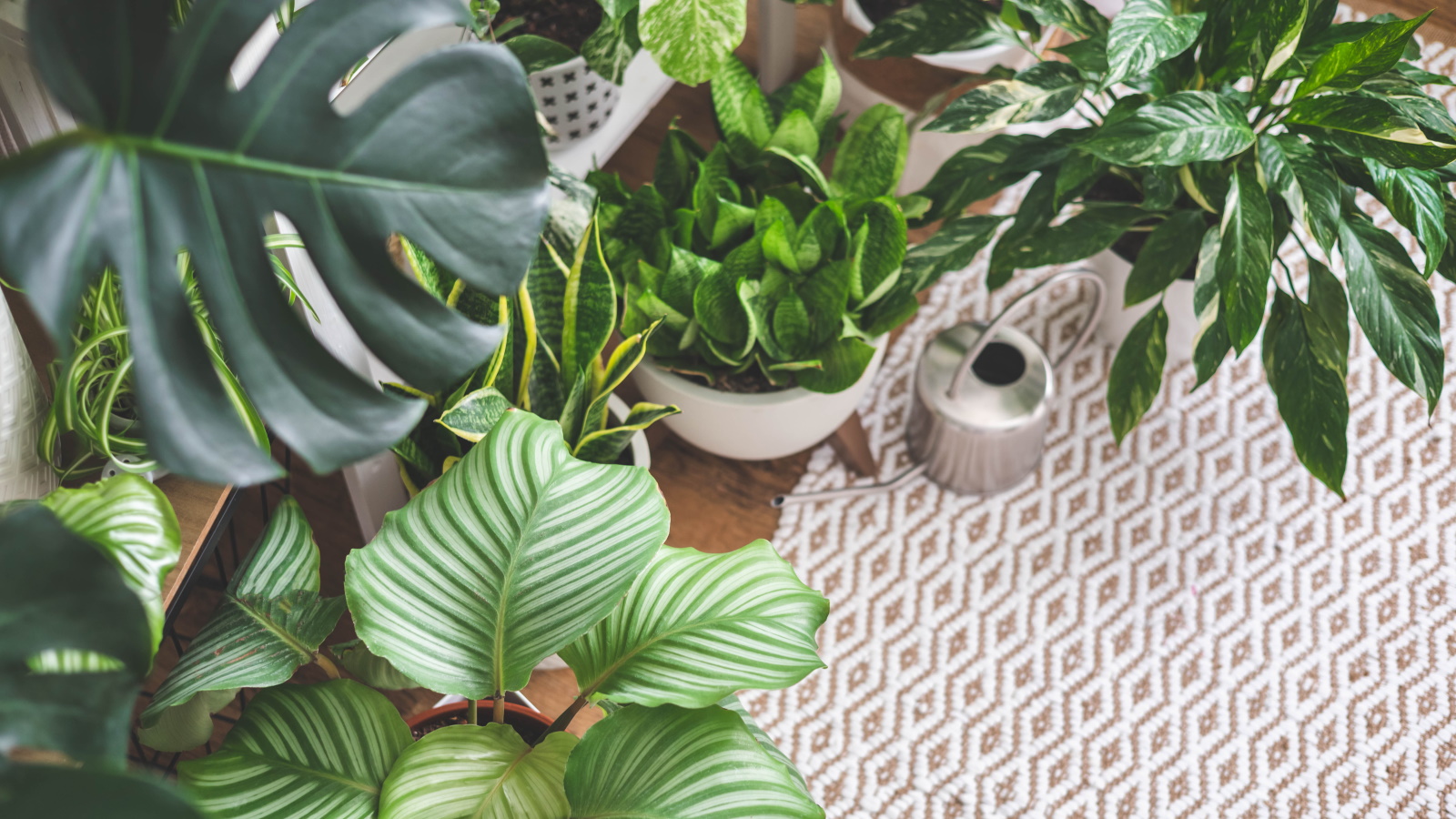

If you're a lover of houseplants, you've likely picked up a few tropical varieties to add to your indoor jungle.
Tropical indoor plants are some of the most beautiful and popular indoor plants to have in the home. However, plants from warmer climates such as rainforests, including monsteras, bromeliads, and orchids, struggle to survive in colder climates, so it's important to replicate their natural habitat as much as possible so they thrive – which is why humidity levels need to be kept high.
We've asked experts how to increase humidity for indoor plants so that you can keep your tropical houseplants happy.
5 ways to increase houseplant humidity
We've compiled an expert list of easy methods that can help to increase humidity levels for indoor plants – so that you can keep yours thriving for longer.
1. Mist your plants regularly
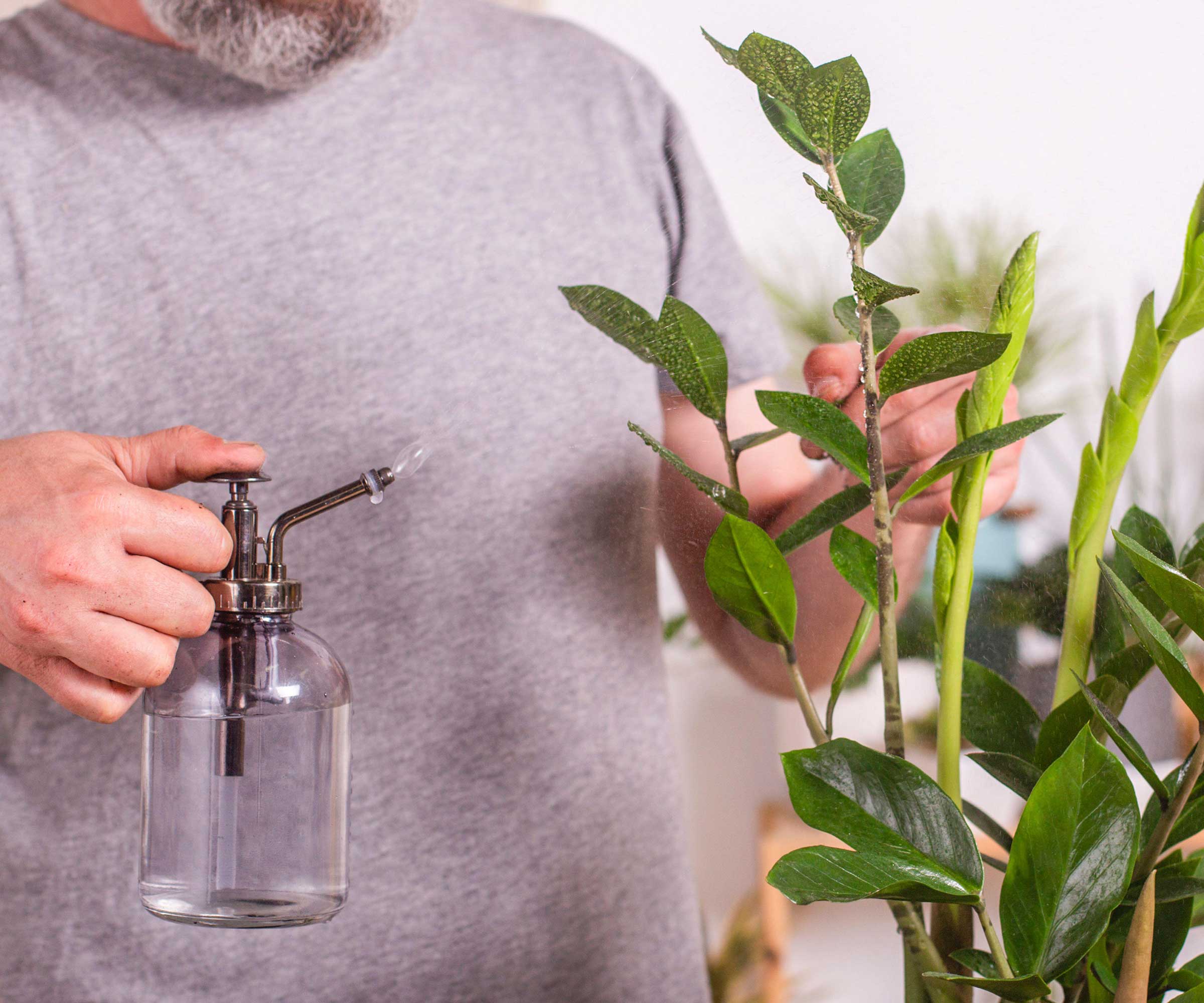
A tried and tested method, regularly misting plants that require extra humidity is good habit to get into.
'Many houseplants come from naturally humid environments like rainforests, so dry indoor air can be tough on them. They lose moisture through tiny pores in their leaves and dry air makes them lose water faster than they can take it in,' says Evan Torchio, plant expert and CEO of Tree Mender. 'This can lead to brown, crispy leaves and stunted growth,' he adds.
Using a mister, like this plant mister from Greendigs, helps to reintroduce moisture to your plant. Although, be aware that it isn't the most reliable method to solely rely on.
'Misting can help a little, but the effects are temporary and you'd need to do it throughout the day to be really effective,' says Evan.
Plants that benefit the most from misting are those with foliage that is susceptible to crisping up, such as calatheas. Take care not to mist too closely to foliage as it could cause permanent scarring.

Evan Torchio is a plant expert and the CEO and Founder of Tree Menders. He earned a bachelor’s degree in forestry and is a member of the International Society of Arboriculture. Evan provides advice on indoor and outdoor plants.
2. Place your plants on a pebble tray
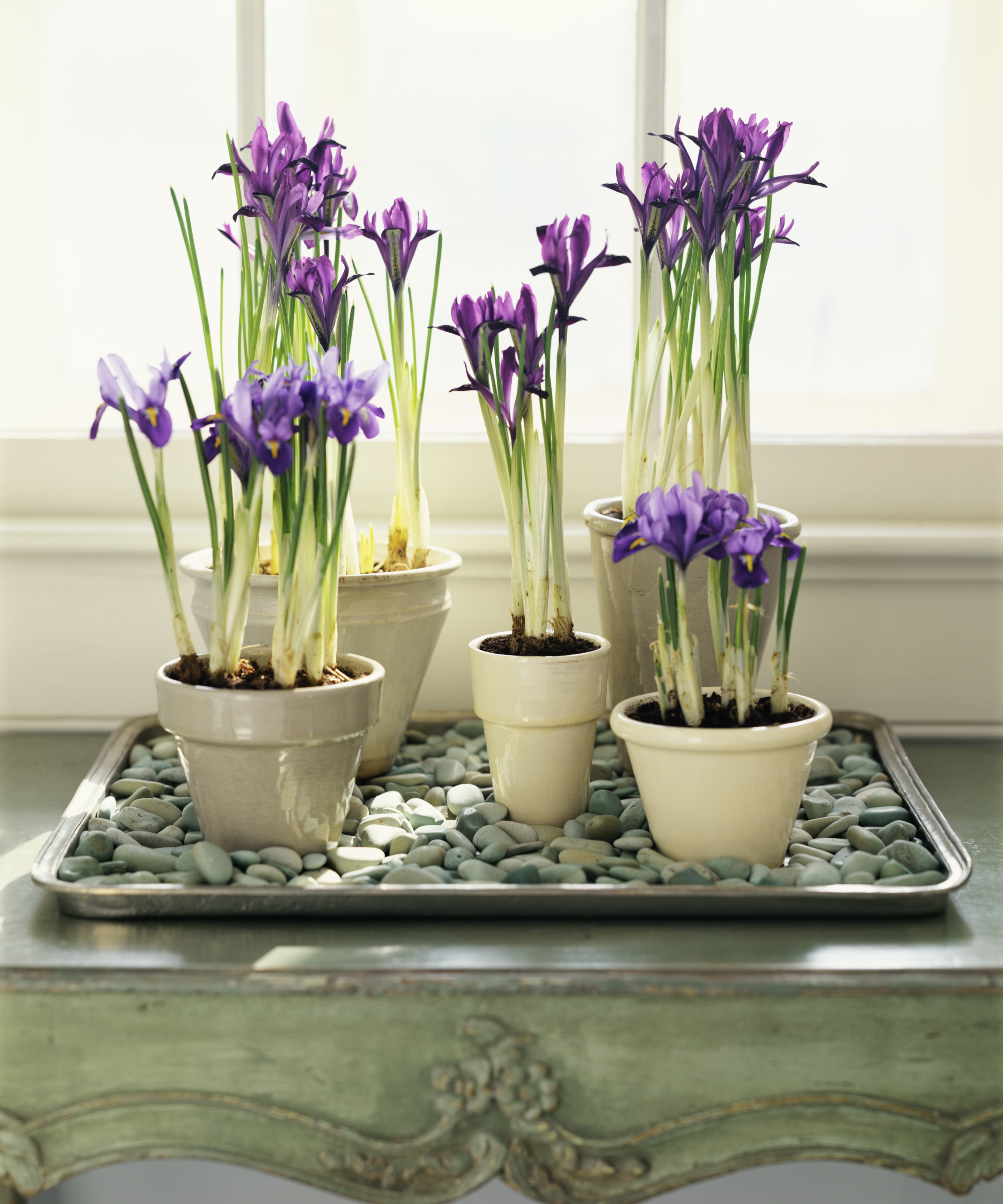
A method that is more low maintenance than daily misting is using a pebble tray. This is simply a tray with pebbles that you moisten and place your plants on top of.
'You fill a tray with pebbles and water, then sit your plant pot on top. Make sure the tray has drainage holes,' explains Evan.
The water in the tray will evaporate around the pebbles and create a humid microclimate for your plants. It's important to ensure your plant isn't sitting in the water as this could lead to houseplant root rot.
Make sure to top up the water as it dries out so that your tray continues to be effective. You can easily make your own pebble tray or purchase one online, like this plant humidity tray from Amazon.
This method will work best for small indoor plants that need a consistent level of humidity and moisture, such as orchids.
3. Use a humidity dome
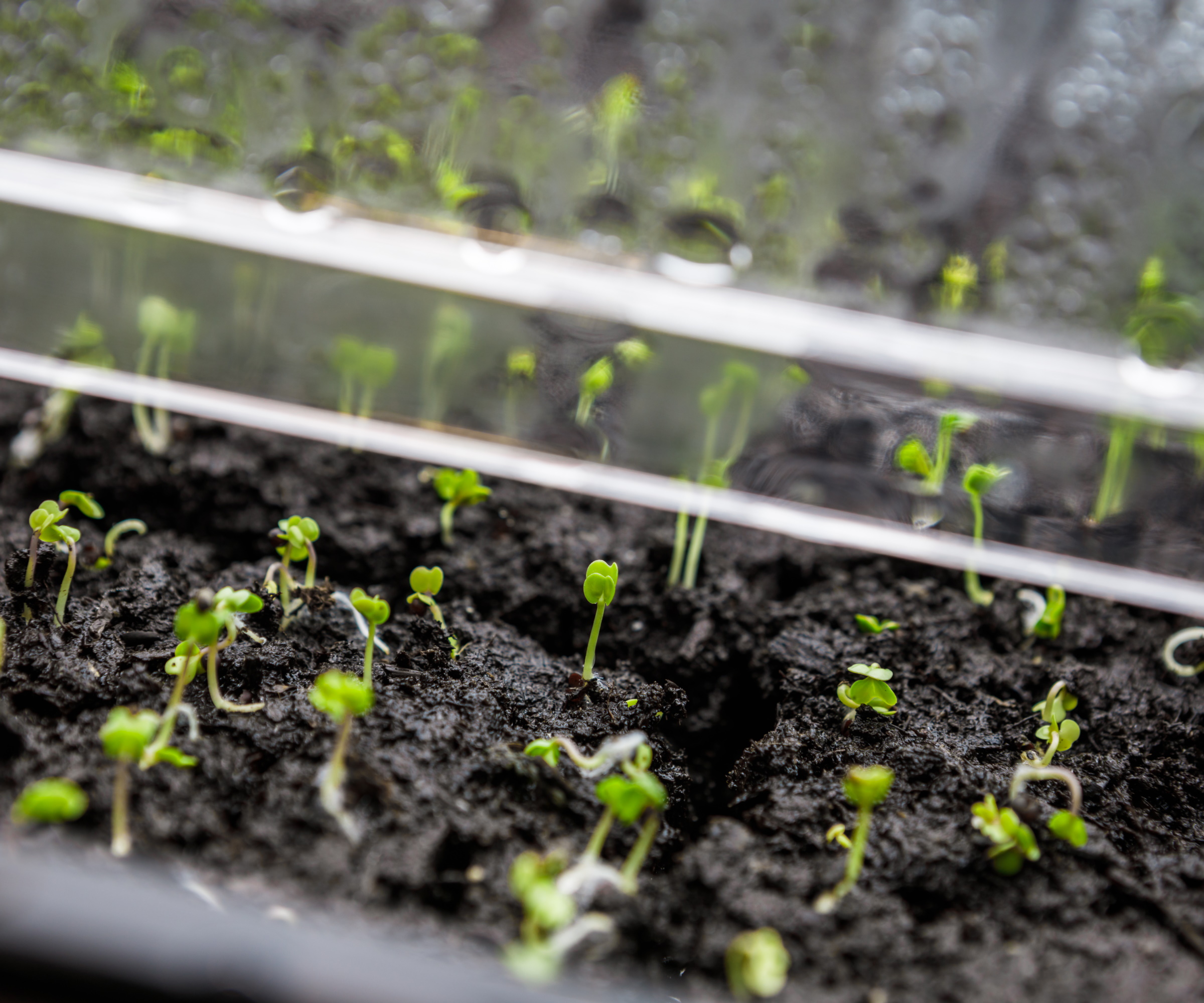
If you're on the hunt for a way to increase humidity for your seedlings, a humidity dome is your new best friend. This is a container, usually made from plastic, that keeps young plants warm to encourage growth.
'Humidity domes trap moisture around seedlings, which helps them retain water and germinate successfully,' says Evan.
There are plenty of humidity domes available, such as this humidity dome from Amazon, but it's also easy to make your own as a DIY indoor greenhouse.
Just take care to open the humidity dome occasionally to provide ventilation. Failing to do so could lead to fungal build-up.
4. Move your plants to your bathroom
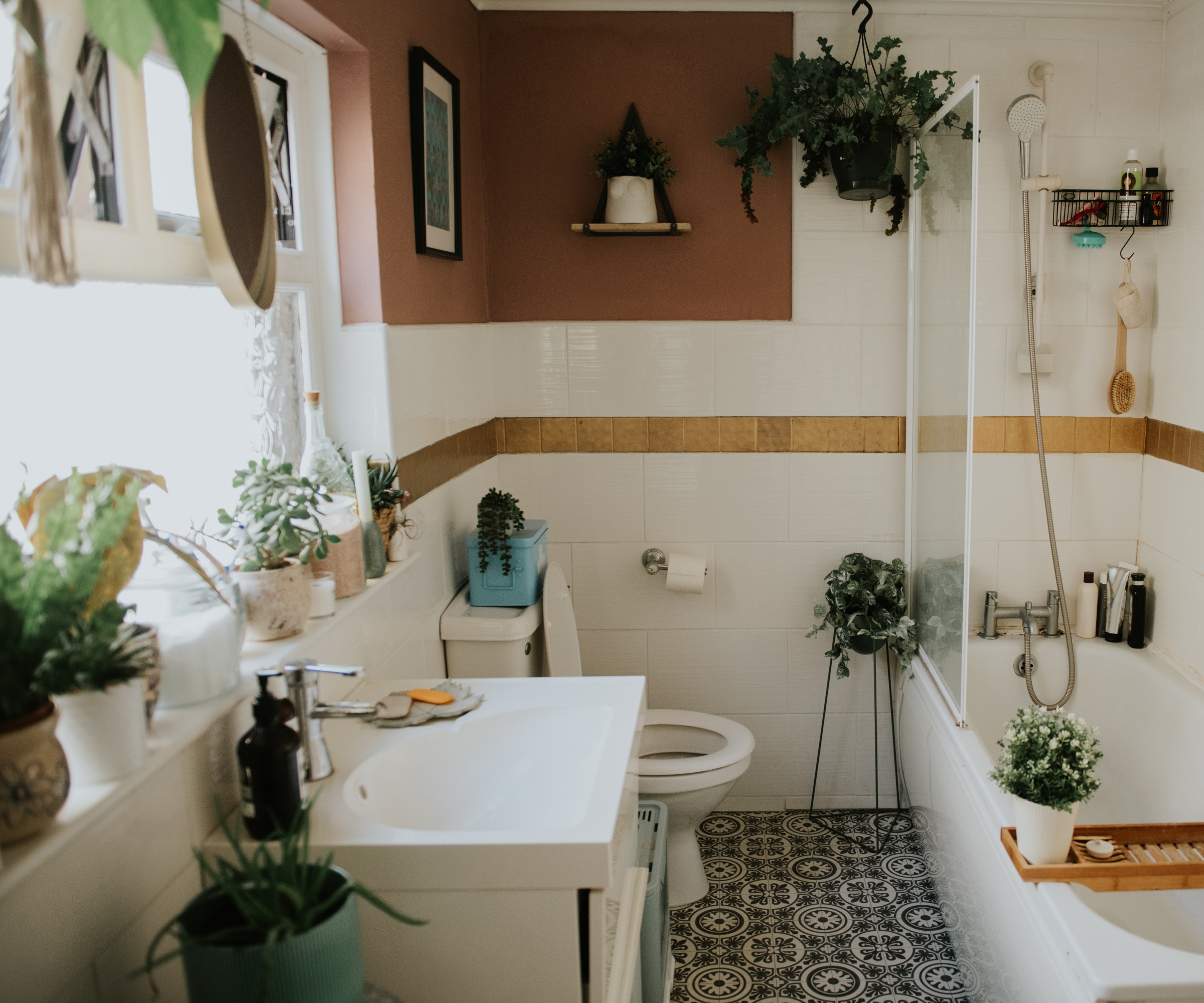
A simple solution to providing your houseplants with more humidity is moving them to a more humid environment – like in your bathroom.
The humidity from our showers create the ideal environment for many bathroom plants, like ferns and air plants. Although, like misting, the benefits are only short-term.
'Placing plants in bathrooms helps plants experience higher humidity only temporarily, after showering. The effects last only an hour or two,' says Vladan Nikolic, houseplant expert and founder of Mr Houseplant.
Vladan also notes that you should be careful if your bathroom is dark as plants still need plenty of natural light, but this is a good method to try if you have a plant struggling in its current position with dry air.
You can even try to grow your own mushrooms in your bathroom where they enjoy the humid and dark environment.
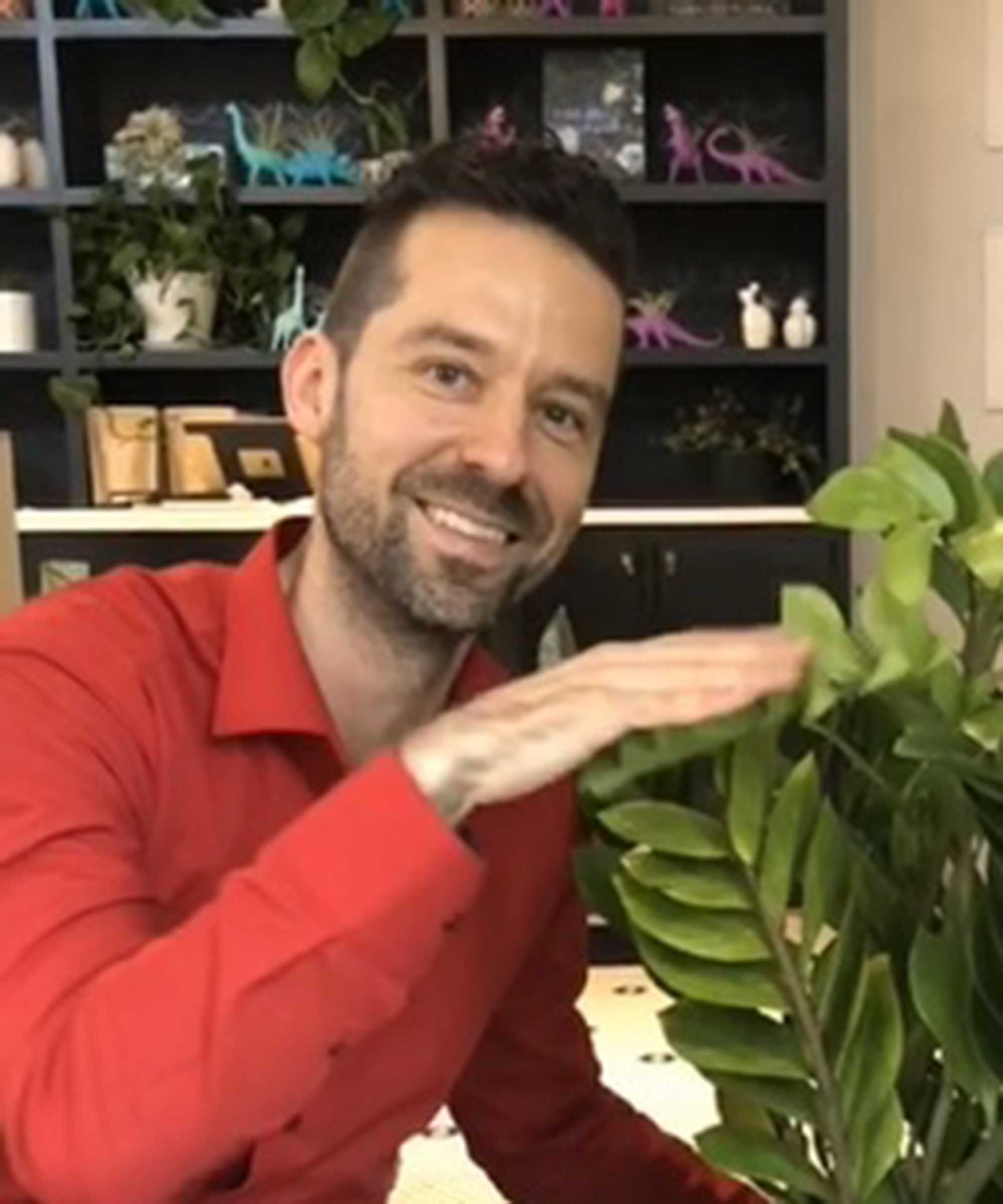
Vladan Nikolic (Mr. Houseplant) is a Houseplant Expert and the Founder of Mr. Houseplant LLC. He has over 10 years of houseplant experience and he is the founder of the indoor plant blog www.mrhouseplant.com, a former plant shop owner, and a social media influencer for houseplants with over 500,000 followers. He helps newcomers into the houseplant world become great plant parents.
5. Place your houseplants close together
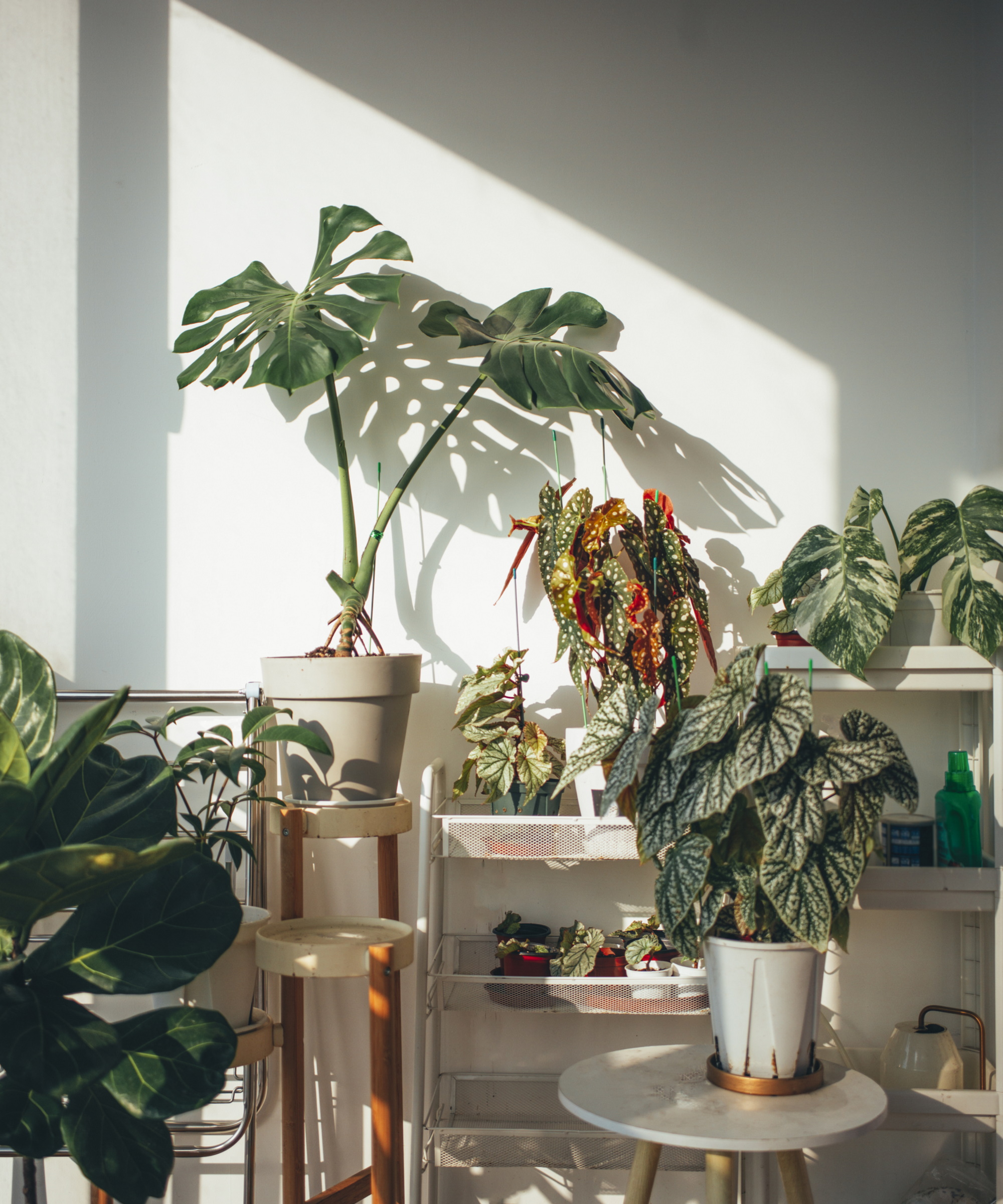
Perhaps the easiest way to increase humidity for indoor plants is moving members of your houseplant collection closer together.
'As the water evaporates from the plants’ leaves it creates a small pocket of slightly higher humidity. When plants are grouped, collective transpiration creates a kind of microclimate with raised humidity in the immediate vicinity,' explains Vladan.
Not only will this allow houseplants to provide enough humidity for themselves, it can also enhance the appearance of your indoor jungle. Why not try using plant stands and plant shelves to add depth to your display?
FAQs
Which indoor plants need high humidity?
Not all indoor plants will need high humidity but many that are native to warmer climates will benefit from a humid indoor environment. This is especially true for tropical plants, like monsteras, orchids, calatheas and bromeliads, which are used to higher moisture levels in their native environments of rainforests. It's always important to do some research around your houseplant's care requirements to ensure you are providing it with optimal conditions.
As well as learning how to increase humidity for indoor plants, it is also key to avoid common indoor plant mistakes, to ensure you provide the very best care for your houseplants.
There are also plenty of houseplants for low humidity if you tend to have drier air in your home.
Sign up to the Homes & Gardens newsletter
Design expertise in your inbox – from inspiring decorating ideas and beautiful celebrity homes to practical gardening advice and shopping round-ups.

Tenielle is a Gardens News Writer at Homes & Gardens. She holds a qualification in MA Magazine Journalism and has over six years of journalistic experience. Before coming to Homes & Gardens, Tenielle was in the editorial department at the Royal Horticultural Society and worked on The Garden magazine. As our in-house houseplant expert, Tenielle writes on a range of solutions to houseplant problems, as well as other 'how to' guides, inspiring garden projects, and the latest gardening news. When she isn't writing, Tenielle can be found propagating her ever-growing collection of indoor plants, helping others overcome common houseplant pests and diseases, volunteering at a local gardening club, and attending gardening workshops, like a composting masterclass.
-
 This Michelle-Pfeiffer-approved chair is made of a forebodingly unusual material, opening the debate: Is it a rustic stunner, or a danger to sitters?
This Michelle-Pfeiffer-approved chair is made of a forebodingly unusual material, opening the debate: Is it a rustic stunner, or a danger to sitters?The actress took to Instagram with a chair made of a controversially sharp material – and fans are unsure of how they feel about it
By Sophie Edwards Published
-
 How to clean a patio – 6 different methods, and when you must use a chemical cleaning agent
How to clean a patio – 6 different methods, and when you must use a chemical cleaning agentFrom manual scrubbing, natural solutions or calling in the pros, industry experts reveal the benefits and considerations of each method
By Andy van Terheyden Published